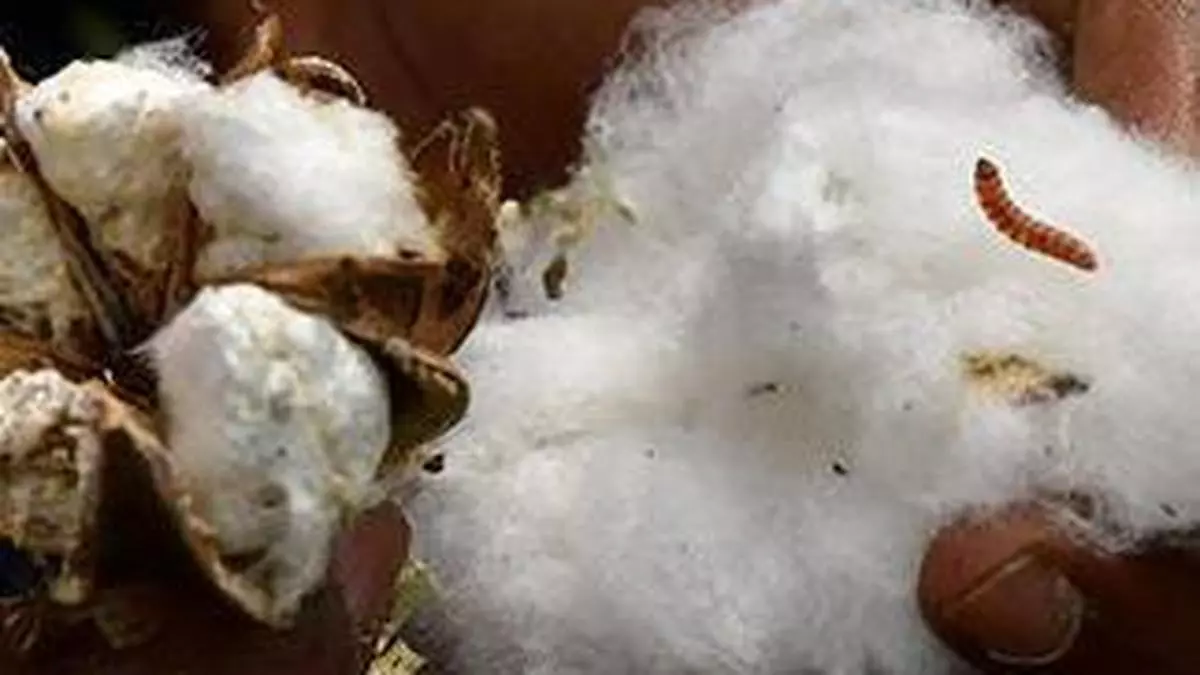ICAR to detect pink bollworm using AI-based traps on Punjab cotton farms
Punjab farmers, who faced the three consecutive years of damage to cotton crop from the pink bollworm (PBW) pest, are looking for the government’s help to prevent such attack for the fourth consecutive year. On the other hand, Indian Council of Agricultural Research (ICAR) has geared up to take the challenge and now has deployed artificial intelligence (AI) to track the pest at the first instance.
“There is an urgent need to financially help farmers who already lost their crop due to PBW. Besides, the government has to guide us how to prevent the pest attack,” said Swatanter Singh, a farmer of Bhatinda in Punjab. He said because of PBW and lower realisation last year the area may be lower this year.
The area under cotton in Punjab was estimated at 2.14 lakh hectares (lh) in 2023, down from 2.49 lh in 2022. In Rajasthan, cotton was planted on 10.04 lh last year, up from 8.15 lh in 2022.
Shifting to Basmati
Another farmer, Baldev Singh, also of Bhatinda district, has decided to shift to Basmati this year from the 10 acres area where he had grown cotton last year.
“I was very careful about the pest and my field never had PBW. But the expenditure was high while I did not get the returns as cotton prices were lower last year,” said Baldev Singh.
However, YG Prasad, director of Nagpur-based Central Institute for Cotton Research (CICR) under ICAR, said: “This time we are implementing AI-based pheromone traps if the PBW emerges this season. Using artificial intelligence, they will be trapping the insects, moths which are emerging from the crop residue.”
He said CICR has installed AI smart trap in 18 locations such as Mansa, Muktsar and Bathinda, by which farmers can get information on their mobile.
1st source of infestation
The AI-based pheromone trap in the major cotton-growing districts of Punjab will help monitor the PBW in real-time, an Agriculture Ministry official said. “This system helps provide timely pest alerts and pest management advice to cotton growers,” he added.
Prasad said since farmers stock a lot of crop residue and leftover bowls, they become the first source of infestation in Punjab and Rajasthan.
But what is the solution? Prasad said timely alert is key as molecules are there to tackle the pest and suggested farmers to monitor the pest as it is manageable.
The CICR has conducted several awareness campaigns in both Punjab and Haryana in last few months. Farmers were happy due to robust vegetative growth of cotton as a result of surplus rain in July last year. But inside, the pest was damaging, and boll rot had also crept in, Prasad said hoped that productivity would be high this year because of awareness created among farmers.
